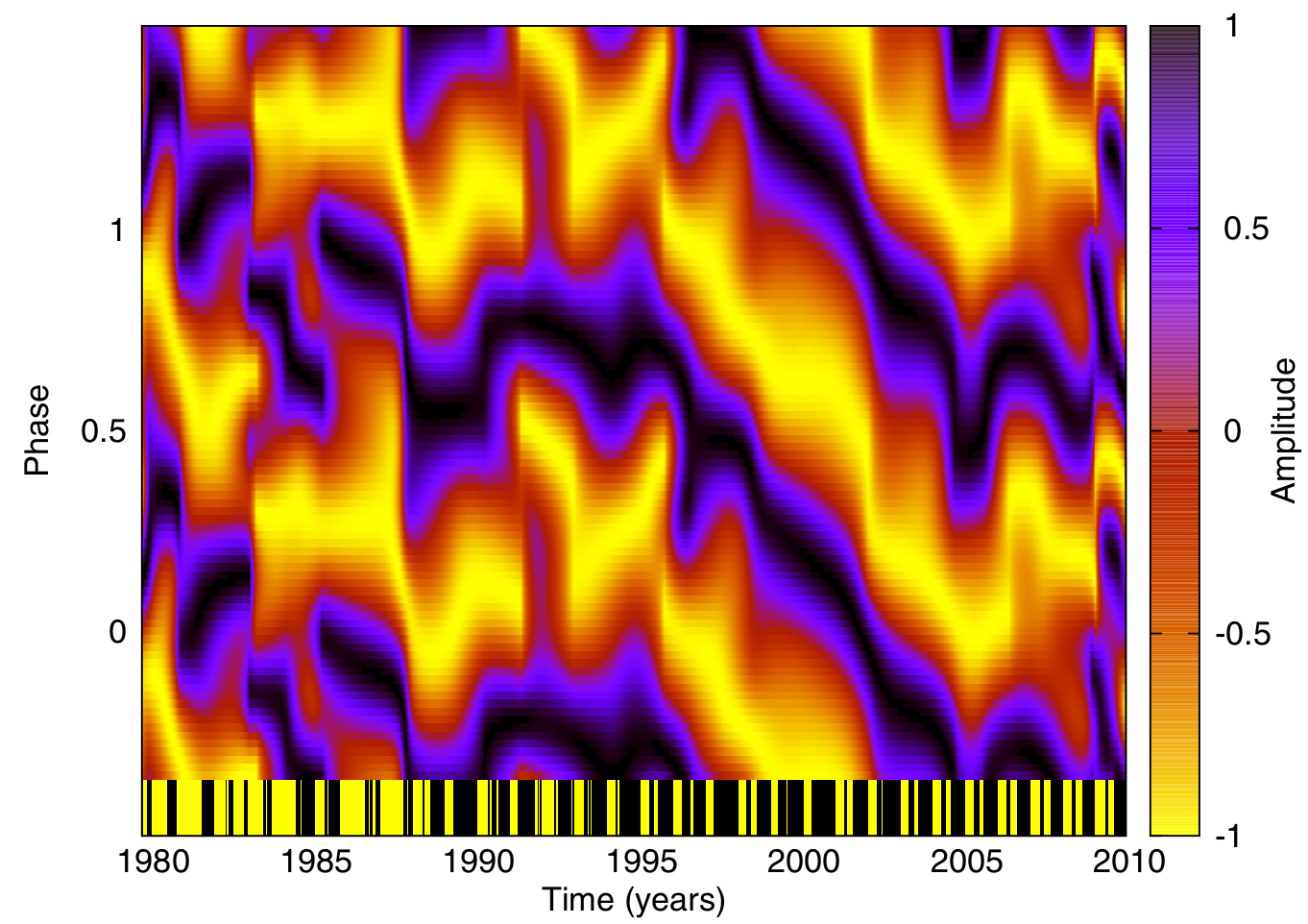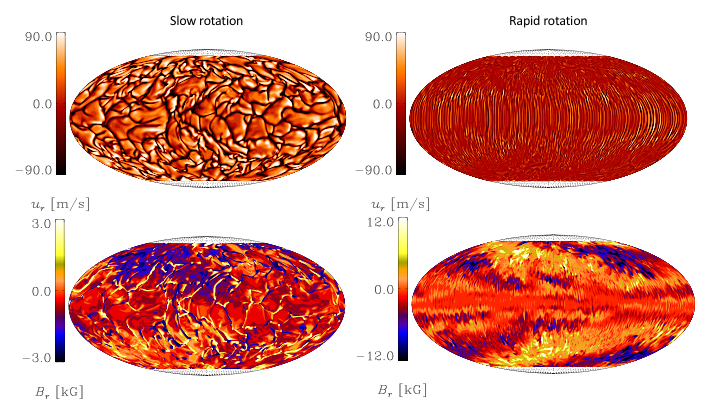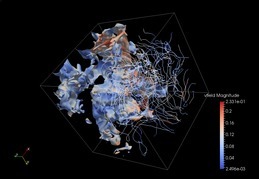
Astroinformatics

News
Estimating rotation periods and magnetic cycle lengths of active stars - PhD thesis by Nigul Olspert (Nov 16, 2018)
Back to topReSoLVE is hosting Prof. Axel Brandenburg's 60th Birthday Symposium (April 2019)
"Turbulence & magnetic fields - from the early universe to late-type stars"
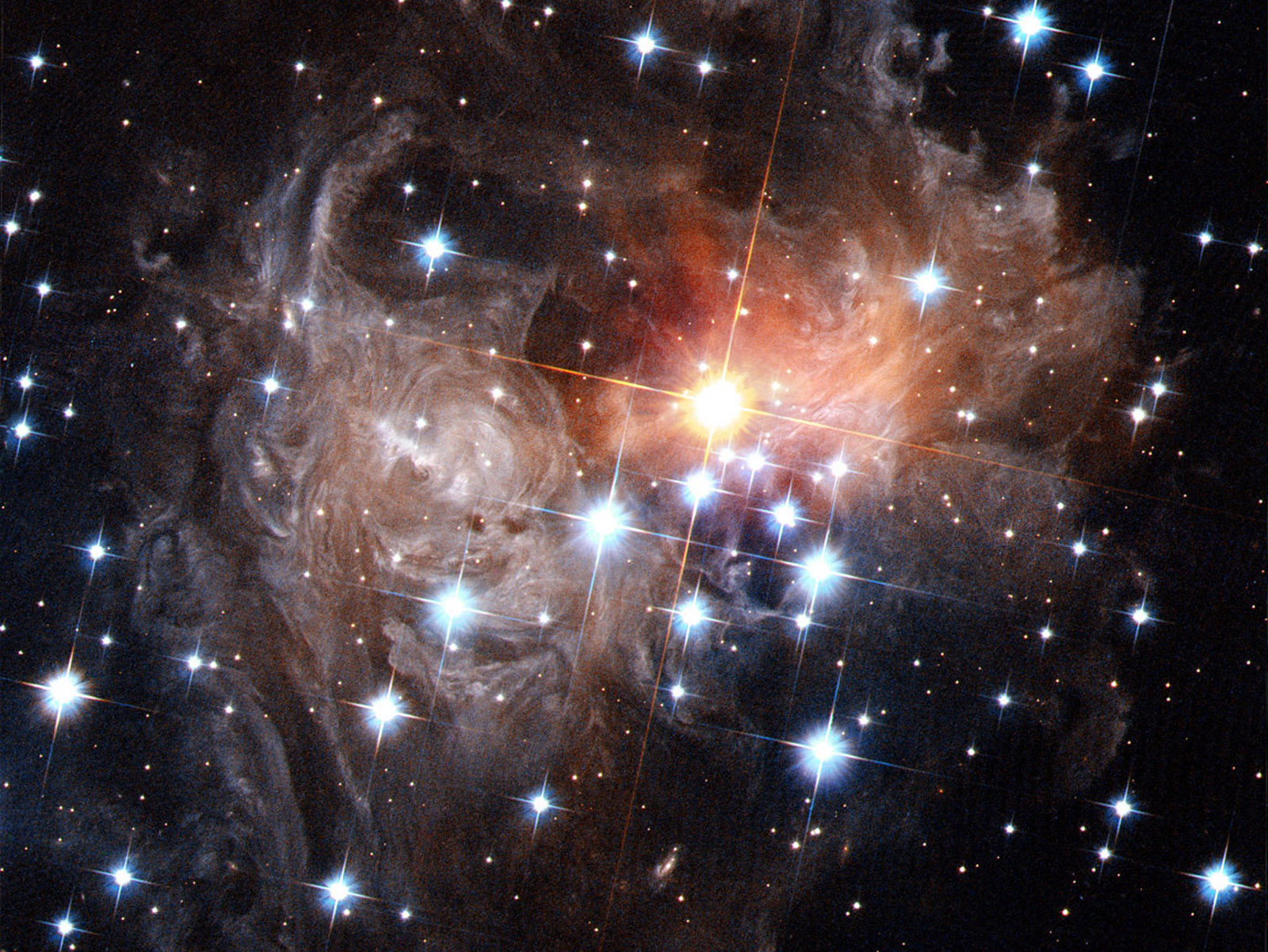
Back to top
The Sun shows signatures of turbulent dynamo action
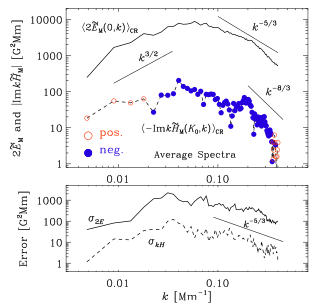
Back to top
Surface f-modes indicative of subsurface magnetic fields in the Sun
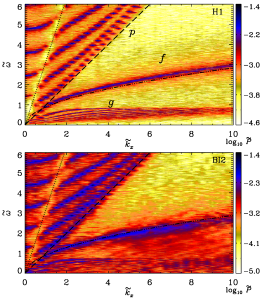
Back to top
ReSoLVE Alumni Dr. Elizabeth Cole wins 2017 ThesisPrize from Helsinki University. (May 2018)
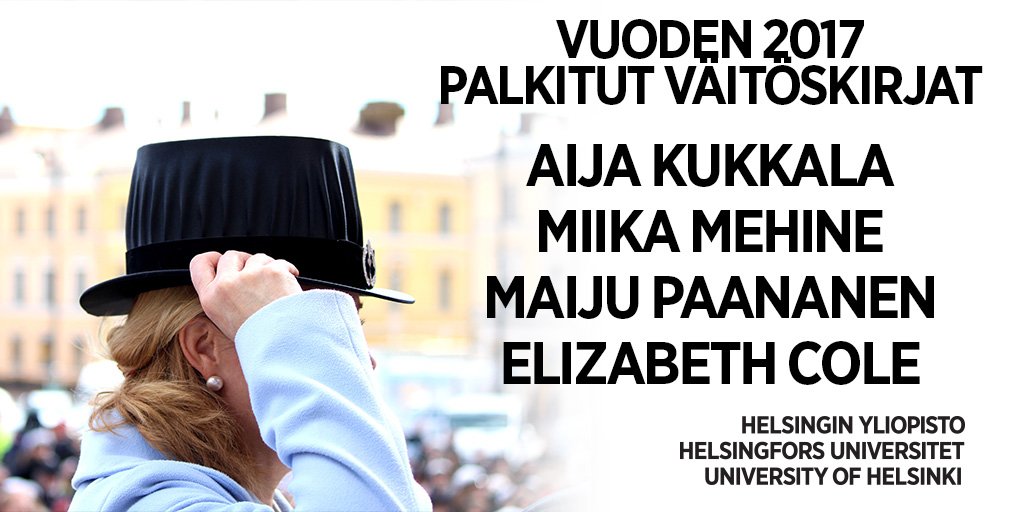
Back to top
Rotation-Activity relation in global convection simulations (May 2018)
Back to top Back to topHidden solar magnetic cycle explained with modifications in turbulent induction and pumping
Back to topDevelopment of HPC and data analysis tools
Back to topJul 2017
Meeting
Back to topPast Activites
Jun 2016
Visitor
Nishant Singh from NORDITA will visit us from 13th to 15th June and give a presentation in the MHD group meeting on 13th at 11:00 in A328.
May 2016
Visitor
Prof. Jaan Pelt from Tartu Observatory, Estonia, is visiting us from 23th to 27th May.
Apr 2016
Visitor
Sarah Jabbari from NORDITA will visit us 25th-28th of April, and give a presentation in the MHD group meeting Mon 25th at 13:00 in A328.
Back to topPostdoc Position
Postdoctoral Position in Solar and Stellar Physics at the Max Planck Institute for Solar System Research (in the Solar and stellar magnetic activity - observations and modelling group led by Maarit Käpylä) DL 5th of May 2016! More information.
Visitors
16.9.-5.10.2015 Prof. Nathan Kleeorin from Ben Gurion University, Beer Sheva, Israel, and 21.9.-2.10. 2015 Dr. Jörn Warnecke from MPS, Göttingen, are visiting ReSoLVE. Jörn will give a talk in the CS Forum, Thu 1.10. 14:15-15:00, TUAS Odeion.
Sep 2015
ReSoLVE Autumn Meeting
28.-29.10.2015 in CS Building T4 at Aalto.
Registration now open.
Jan 2015
The group is recruiting a summer intern to work on multi-GPU MHD solvers (Job descriptor MHD)
Back to topOpen position
The group is looking for a summer intern (job identifier MHD). The deadline of the call is 26th of January, 2015.
MHD - Multi-GPU Finite-Difference Solvers for Magnetohydrodynamics
Job description: The next generation of supercomputers based on energy-efficient processors is currently being deployed world-wide. New HPC algorithms and solutions based both on CPU and GPU architectures are required to port the existing computational tools to the new supercomputers. During the project, the goal is to develop further the existing stencil-based finite-difference core solvers on accelerator platforms (GPUs) dedicated to hydro- and magnetohydrodynamic applications, especially to explore the extension(s) to multi-GPU computing using asynchronous communication.
Dec 2014
M.Sc. Marjaana Lindborg's thesis defense on the 12th of December in Univ. of Helsinki Main Building: Spot activity of late-type stars: a study of II Pegasi and DI Piscium
Feb 2014
The group was awarded 32 million CPU hours from PRACE, for the investigation of the solar dynamo process.
14 Oct 2013
The group was awarded 3.9 million CPU hours from CSC's supercomputer Sisu for the execution of the Grand Challenge project DYNAMO13 investigating dynamo processes in rapidly rotating young suns.
7-11 Oct 2013
Dr. Jaan Pelt from Tartu Observatory, Estonia, is visiting ICS. He will present a talk titled "Nyquist barrier - not for all!" in the ICS Forum on Monday 7th, 13:15 in T2 (presentation slides).
1-26 Oct 2013
Dr. Jörn Warnecke from Nordita KTH/SU & Max Planck Institute for Solar System Research, Lindau, is visiting UH and ICS groups. He will present a talk titled "Bipolar magnetic structures driven by stratified turbulence with a coronal envelope" on Friday 4th in UH/Physicum, D114, at 10:15.
26-27 Jul 2013
Prof. Axel Brandenburg from KTH, Nordita, is visiting ICS. He will give a talk titled "Self-organized magnetic structures in computational astrophysics" (presentation slides) in the ICS Forum on Monday 26th, 13:15 in T2.
4 Jul 2013
CMDAA group's work towards the understanding of the Sun's butterfly diagram advertised in the Nordita Newsletter 2/2013
4 Jun 2013
Academy of Finland to fund the Center of Excellence ReSoLVE with a participating team from CMDAA (Academy's press release)
Back to top